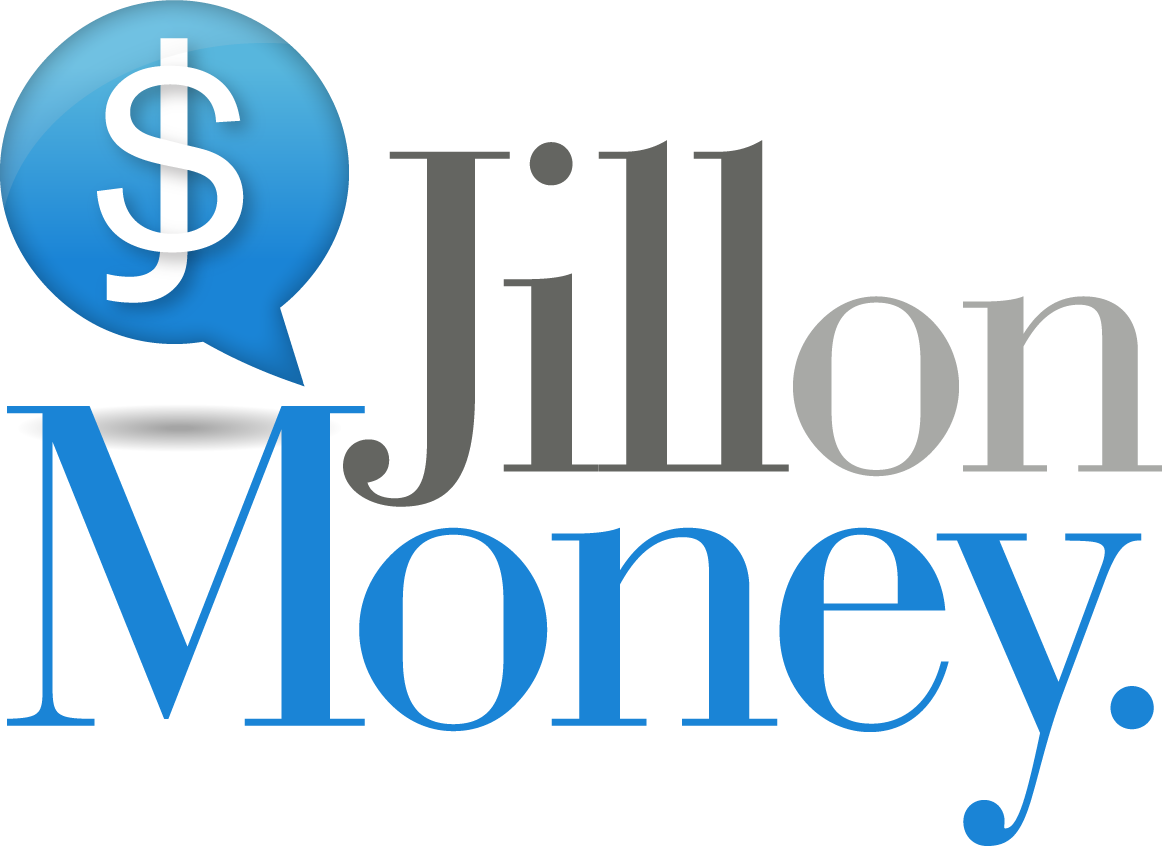Trump Tariffs: More Than a Little Disturbance
“Tariffs are about making America rich again and making America great again, they'll be a little disturbance, we're OK with that, it won't be much,” -President Trump in his March 4, 2025 speech before a joint session of Congress
By now you know that President Trump’s April 2nd “reciprocal” tariffs were much steeper than expected. How steep? According to analysis by the Budget Lab at Yale University, along with previously announced tariffs, the average effective U.S. tariff rate “is now 22.5 percent, the highest since 1909.” It is not hyperbole to say that the 2025 Trump tariffs could upend decades of globalization and disrupt world trade in a meaningful (and probably not a good) way.
Investors reacted to tariffs by selling stocks in the two trading sessions after the announcement. The impact was far worse than “a little disturbance”, wiping out about $6 trillion worth of value in the markets. Investors are worried that when all of the U.S. and retaliatory tariffs go into effect and wind through the economy, they will result in higher prices and slower growth, a precarious economic outcome that is called “stagflation” (“stag”, as in stagnating growth and “flation”, as in rising prices or inflation.)
EY Chief Economist Gregory Daco estimates that if these tariffs remain in place, the increased cost of imports could add a full percentage point to the inflation rate by the end of the year, which would push the Consumer Price Index above 4 percent. “For the median household, this would represent an annual income loss of $690 while for families in the bottom quintile the loss would surpass $1,000.” The center-right Tax Foundation called believes the damage will be even worse, projecting that tariffs “will reduce after-tax income by an average of 2.1 percent and amount to an average tax increase of more than $2,100 per US household in 2025.”
To be clear, a tariff is not an actual tax; rather it acts like one because it causes prices to rise and therefore reduces disposable income and consumer spending. As consumers are confronted with higher prices for fresh produce, apparel, furniture, and toys, not to mention big ticket items like new and used cars, car parts, auto insurance, and appliances, they may pull back their spending on other areas of the economy. That’s why the Budget Lab projects that annual economic growth will slow to a crawl, likely at about 1 percent for 2025.
That’s not a contraction, but given the volatile nature of the tariff situation along with jittery financial markets, many investment banks have increased the odds of a recession within the next year. Apollo’s Chief Economist Torsten Slok notes that “Whether we will have a recession or not depends on the duration of this shock. If these levels of tariffs stay in place for several months and other countries retaliate, it will cause a recession in the U.S. and the rest of the world.”
Before you cash out of everything and run for the hills, remember that tariffs have been on-again, off-again and now on-again. If tariffs are indeed temporary, then the economic and market impact may not be as severe. But if we are headed for a recession, know that we have been there before.
According to the National Bureau of Economic Research, the organization that is responsible for declaring the beginning and end of recessions, there have been nine recessions since 1960. It’s not pleasant, but if you are worried, then grab your panic protection plan, tune out the noise, and try to control what you can control. That may mean conserving cash to ensure that you have 6-12 months of living expenses socked away, especially if you are worried about losing your job, paying down outstanding high interest debt, and maybe delaying any big spending that you were planning to do, until you have a better idea of whether an economic slowdown will impact you.
